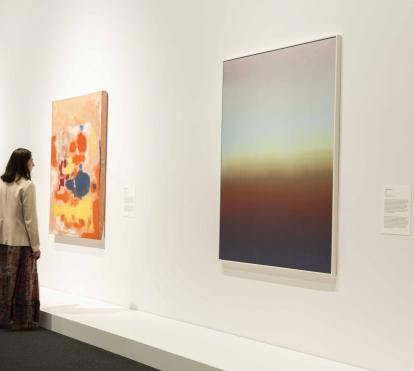
CaixaForum Madrid explores the poetry of blurring as an aesthetic choice and a key to interpretation in modern and contemporary art. Taking Monet’s Water Lilies as the starting point for this collaboration between the Musée de l’Orangerie and the ”la Caixa” Foundation, the exhibition brings together 72 works by major artists, most of them contemporary. In addition, there will be a series of activities and films on the CaixaForum+ platform.
The director of CaixaForum Madrid, Isabel Fuentes; the director of the Musée de l’Orangerie and co-curator, Claire Bernardi; and the head curator at the Institut National du Patrimoine de Francia and co-curator of the exhibition, Emilia Philippot, present the exhibition Out of focus. Another vision of art this Tuesday.
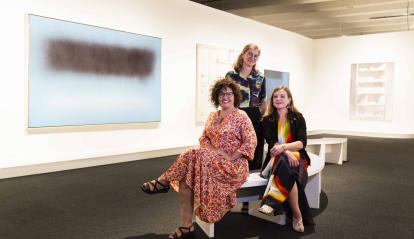
The result of a collaboration between the Musée d’Orsay, the Musée de l’Orangerie and the ”la Caixa” Foundation, the exhibition opened in late April at the museum in the French capital. It now arrives at CaixaForum Madrid, where it will run until 12 April with a new staging and the addition of new works. From 20 May, the display will be open to visitors at CaixaForum Barcelona.
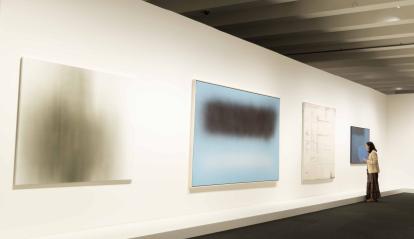
The exhibition, organised thematically rather than chronologically, brings together a total of 72 works of art by 55 artists, spanning a wide range of techniques and formats including painting, prints, sculpture, photography and video. Both the Paris exhibition and the shows at CaixaForum feature pieces from the ”la Caixa” Foundation Contemporary Art Collection.
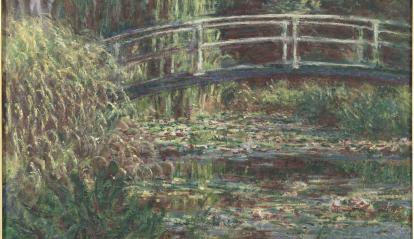
Monet’s Water Lilies series introduced the concept of blurring into modern art, with the hazy and imprecise becoming expressive elements. This exhibition explores how that phenomenon marked a new way of representing and understanding the world for later artists, particularly from 1945 to the present day.
Out of focus. Another vision of art features works by artists such as Alberto Giacometti, Gerhard Richter, Mark Rothko, Eva Nielsen, Claude Monet, Thomas Ruff, Alfredo Jaar, Soledad Sevilla, Christian Boltanski, Hans Haacke, Julia Margaret Cameron, Mame-Diarra Niang, Nan Goldin, Bill Viola and Pippilotti Rist, among others.
The exhibition features 49 lenders, including private collections, galleries, museums, foundations and individuals, and brings together around ten works from the ”la Caixa” Foundation Contemporary Art Collection by artists such as Gerhard Richter, Soledad Sevilla, Roni Horn, Eulàlia Valldosera, Hiroshi Sugimoto, Pedro G. Romero and Perejaume, some of which were previously shown in the exhibition premiered at the Musée de l’Orangerie in Paris.
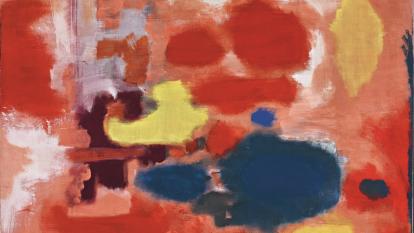


Long regarded as the paragon of abstract painting, Monet’s Water Lilies series has also been a precursor of the large-scale immersive installations that would follow. Yet the blurred and unfocused effect that characterises the vast expanses of water on his canvases – initially attributed to a visual impairment Monet may have suffered – had never been properly analysed. Today, however, this artistic technique is understood as a deliberate aesthetic choice and serves as the guiding thread throughout the exhibition.
Starting from the aesthetic roots of blurring in the 19th and early 20th centuries, and following the intellectual, scientific, social and artistic upheavals in which Impressionism developed, the exhibition explores the concept of the blurred image which, initially defined as a loss of sharpness, turns out to be a privileged means of expressing a world marked by instability and clouded visibility.
Five major thematic areas
The exhibition is divided into five major areas that explore different themes:
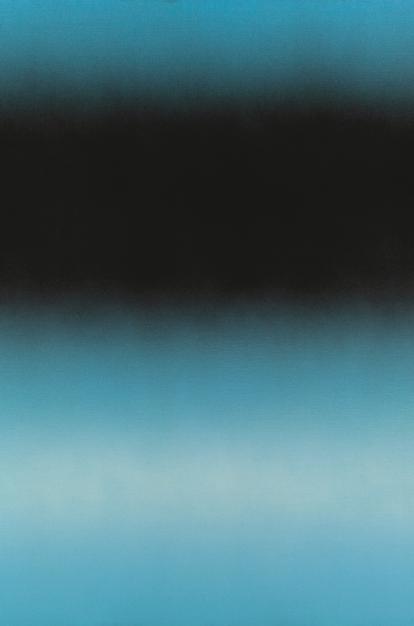
- Preface: The exhibition places visitors at the origins of the aesthetics of blurring, going beyond the modern era. t the end of the 19th century, Impressionism marked a true turning point that would lead to the dissolution of the figure. By exploring their inner selves, these artists used blurring to reveal what the clarity of vision normally conceals from our consciousness. The works of art brought together in this exhibition evoke the different facets of this foundational moment. The result is a dialogue between contemporary art and the liquid mirrors of Monet’s The Water Lily Pond, which presides over the beginning of the exhibition with Le Bassin aux nymphéas, harmonie rose.
- On the brink of the visible:
The first section proposes to approach blurring as an affect to challenge our modes of perception. From the limits of the visible via scientific images to alteration of traditional artistic references, artists play with vagueness rather than with the opposition between representation and non-representation. In this space, paintings by Gerhard Richter, Mark Rothko, Wojciech Fangor, Hans Hartung, Soledad Sevilla, Perejaume and Claire Chesnier, among others, coexist with photographs by Hiroshi Sugimoto, Thomas Ruff, Laure Tiberghien and Vincent Dulom, among many others. - The erosion of certainties:
The second section explores the blurry, initially defined as a loss of sharpness, which proves to be a privileged means of capturing a world where instability prevails and visibility becomes clouded. The visitor is placed in a new realm where artists propose fresh approaches, rendering their material transient, disordered, mobile, unfinished and uncertain. This is conveyed through works such as the striking photography of Thomas Ruff, alongside pieces by Luc Tuymans, Miriam Cahn, Nicolas Delprat, Alfredo Jaar, Christian Boltanski, Zoran Mušič, Krzysztof Pruszkowski, Philippe Cognée, Joana Hadjithomas & Khalil Joreige, Bracha Lichtenberg Ettinger, Estefania Peñafiel Loaiza and Pedro G. Romero. - In praise of vagueness:
The third section highlights how, in recognising a profound upheaval in the order of the world, artists choose the indeterminate, the indistinct and the allusive. Blurring becomes a quest of identity. It brings together works by Gerhard Richter, Pipilotti Rist, Alberto Giacometti, Christian Boltanski, Eva Nielsen, Mame-Diarra Niang, Óscar Muñoz, Bill Viola, Thomas Lélu, Eulàlia Valldosera, Roni Horn and Antoine d'Agata, among others. - Uncertain futures:
The final section offers an exploration of how blurring reveals instability while at the same time creating the conditions for re-enchantment. The artists Nan Goldin, Y. Z. Kami, Maarten Baas and Mircea Cantor take centre stage in this closing chapter.
On the brink of the visible
The human mind insists on clarifying confusion. Symptomatic of our unease in the face of an uncertain reality, the “what is…?” has replaced the “why?” of our childhood. Yet this need to structure reality carries the risk of limiting its meaning. Blurring, on the other hand, draws on our experience, which spreads out over time and reaches into our innermost depths.
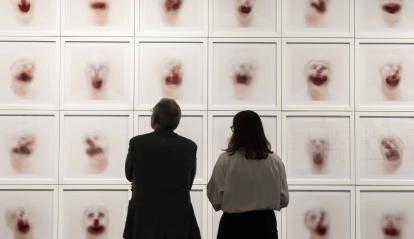
Artists use this effect to question our modes of perception, inviting us to return to the very source of our gaze and encouraging us to move beyond a single reading of reality. Some explore the limits of the visible by revisiting the vocabulary of scientific imagery, from the perception of the infra-thin to the immensity of the cosmos (Gerhard Richter or Thomas Ruff).
Others alter traditional reference points of representation, playing with indistinctness rather than the opposition between figuration and abstraction (Mark Rothko, Hiroshi Sugimoto, Hans Hartung). And some challenge the viewer, cleverly sharpening their visual acuity by evoking the circularity of the retina in their target-like works (Wojciech Fangor, Ugo Rondinone, Vincent Dulom).
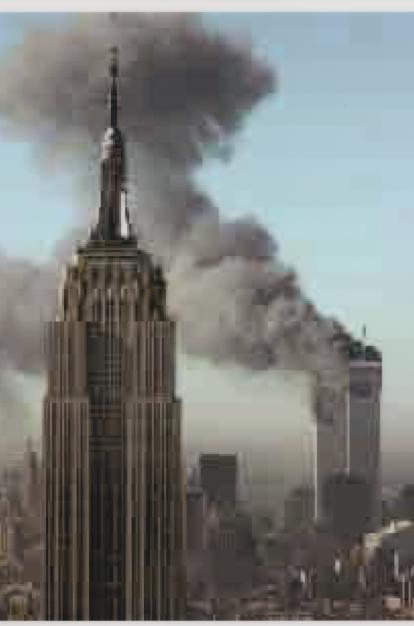
The erosion of certainties
It is in the aftermath of the Second World War that the explicitly political dimension of the aesthetics of blurring begins to fully unfold. Faced with the erosion of certainties, artists from Zoran Mušič to Alfredo Jaar confront the profound upheaval of the world order and adopt blurring as a necessary strategy.
Following the discovery of the concentration camps, confronted with the impossibility of representing the unrepresentable, blurring dissolves a reality that the gaze cannot bear. It also compels us to reflect, forcing us to focus on the image and to face that reality head-on. By questioning the status and value of the image, artists put forward a vision that is at once both poetic and disenchanted of the tragedies that shaped the history of the twentieth century, through to the most current crises.
In this way, blurring reveals itself to be both a power of blindness, a mechanism for forgetting, and a way of bearing witness to the atrocities of history disseminated by the media image
In praise of vagueness
The world is a blur, no matter how hard we try to define its contours. Its expanses and durations are constantly being stretched out, making it impossible to focus on anything definitive, like the mirages captured by Bill Viola, which hint at the extent to which our senses can be deceived. Identity, too, is blurred and constantly changing, revealing all or some of its facets to others and to ourselves (Oscar Muñoz, Bertrand Lavier). Between the uncertain memory of the past (Eva Nielsen) and the refusal of a frozen representation of the present (Mame-Diarra Niang), blurring becomes a quest for identity.
A product of technical naivety, but also a guarantee of spontaneity of the moment being captured, the blurring of amateur photography captures life where it is most real (Sébastien Lifshitz’s collection). It makes it possible to capture the most intimate locations, the ones that are hardest to describe, and in so doing, to show what often escapes the eye. The vagueness inherent in blurring sometimes reveals man’s animal side (Roni Horn, Pipilotti Rist).
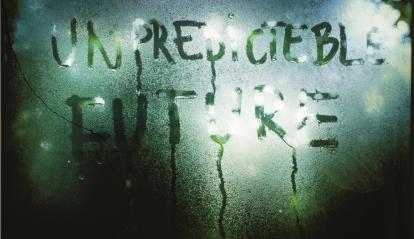
Uncertain futures
Y.Z. Kami’s relationship with spirituality, approached through sacred places and gestures, offers one possible response to contemporary uncertainties. Captured during the lockdowns of 2020, Nan Goldin’s bouquet highlights the beauty and transience of everyday life in turmoil in a world losing its bearings.
The question of time, raised by Marteen Baas’s deceptive digital clock, or the unpredictable future foretold by Mircea Cantor, is exposed as an object of contemplation and existential interrogation. Paradoxically, blurring becomes both a symptom and a condition for re-enchantment, a sign of anxiety and a space for reinventing the possible.
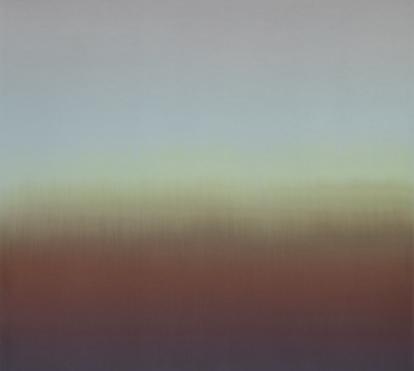
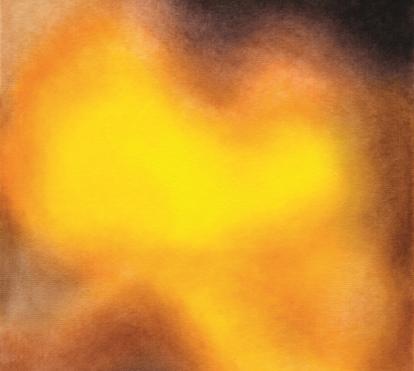
The exhibition features a mediation and contemplation area titled Re-view. Looking at the sky with different eyes, which invites people to recline in a comfortable, open setting and re-examine a sky filled with evocative clouds. Through artistically modified glasses that distort vision, visitors are encouraged to look at things more imaginatively.
The sky has been created using generative AI, and the glasses will allow them to see in different ways: with alternative colours, iridescent light, through a lens that focuses closer or farther away, or with increased blurriness, for example. All of this emulates the visual capabilities of real animals as well as imagined ones, so that visitors can experience multiple ways of seeing.
Musée de l’Orangerie
The Musée de l’Orangerie is located at the heart of Paris, in the Tuileries garden, surrounded by the Seine and overlooking the Concorde Square.
Its collections are composed of The Water Lilies, the monumental achievement of Claude Monet, revealed to the public during the museum opening in 1927. Presented in two huge oval rooms, the Water Lilies are the crazy project of a painter who wanted to discover all variations of the light in his garden of Giverny. Known throughout the world, this masterpiece invites to an endless contemplation.
In the 1960’s, the Musée de l’Orangerie has hosted the Arts à Paris collection, composed of works of Renoir, Cézanne, Matisse, Picasso, Modigliani, Rousseau, Soutine…, this collection shows all the artistic ferment of the end of the nineteenth century and at the beginning of the twentieth century.




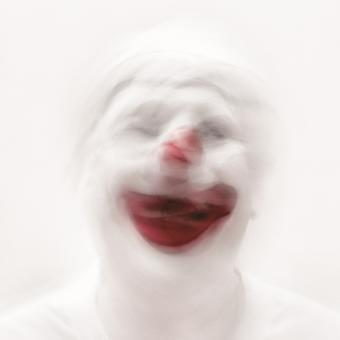






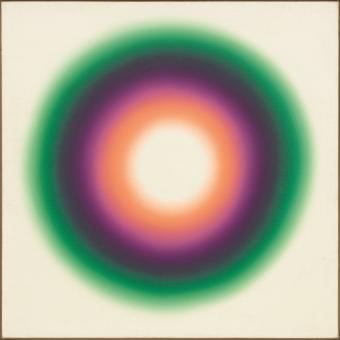
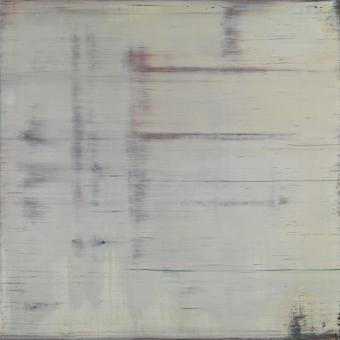
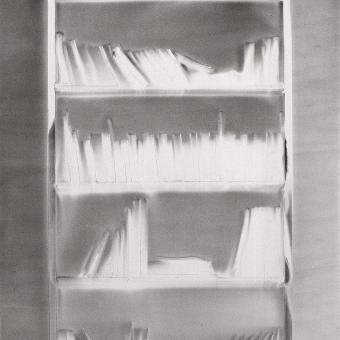





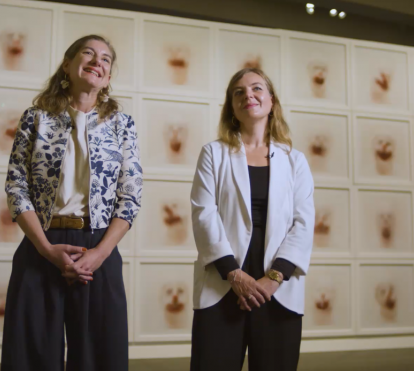
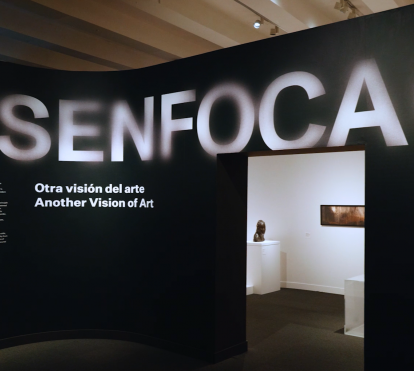
![Henri Matisse, «Luxe, calme et volupté» [Luxury, calm and voluptuousness], autumn-winter 1904. Centre Pompidou, Paris. Musée national d’art moderne / Center de création industrielle. On deposit at the Musée d’Orsay, 1985, AM 1982-96.](https://imagenes-mediahub.fundacionlacaixa.org/files/image_354_278/files/fp/uploads/2025/09/04/68b947795217e.r_d.302-522-5463.jpeg)